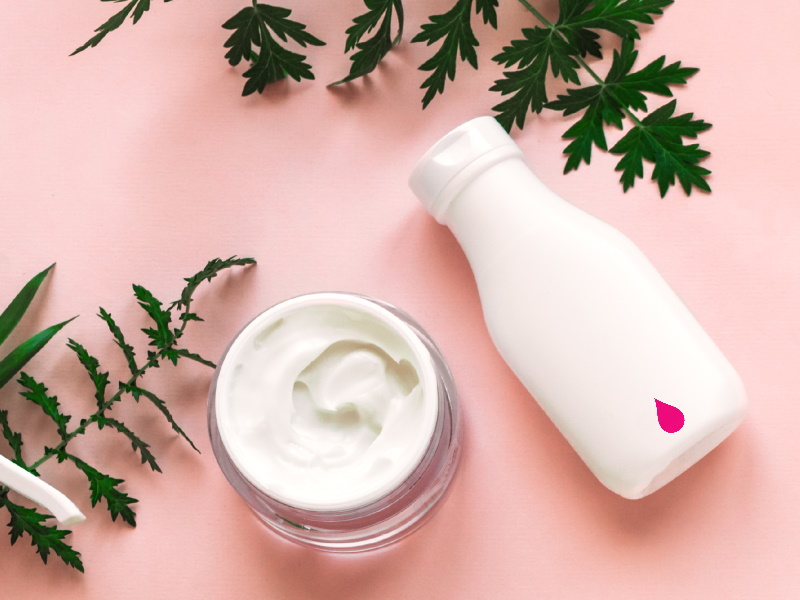- Releasable : chemicals released or transferred under normal conditions of use.
- Extractables : chemicals released or transferred under exaggerated conditions of use.
The correlation of extractable data with releasable potentials is not obvious since the study conditions are not identical. In general, all the leachables are not present in the studies of extractables and vice versa.
Manufacturers of packaging and of all elements having contact with the content, for example closure systems, storage equipment, etc. must ensure the stability of their product through extraction tests. This list can be made available to their customers / users.
Given the specific use of each customer, it is then essential for the users to ensure the safety of the product under their conditions of use. Thus, it is the user's responsibility to demonstrate that the level of leachables does not contribute to toxicological effects.
The impact of a migration would be critical for the end user: pollution, non-compliance, complaints, damage to consumers. It is therefore essential to perform accounting tests , whether it is a cosmetic product, drug solution, medical device and any other product.
ANALYSIS OF EXTRACTABLE AND RELARGABLE SUBSTANCES - OUR ASSESSMENT TECHNOLOGIES
- Extraction by simulant (extractable) or under real conditions of use (releasable)
- GC-MS , UPLC / TOF-MS and UPLC / MS / MS are used for the search, identification and quantification of organic compounds present. A broad screening allows the detection of additives such as anti-UV, antioxidants, dyes, inks, detergent residues, sterilization residues, polymer residues.
- lCP-AES and ICP-MS allow the detection of pollution or mineral or metallic additives: heavy metals, mineral or metallic fillers, dyes, etc.
- IC for analysis of a pack of 10 anions and demonstration of characteristic ions
- MEB-EDX , used to check the surface condition of the material, the presence of particles or deposits.
- FTIR allows to identify the nature of the chemical bonds present on the dry residue (NVR) of extraction...
Contact us to jointly process your request for a study of extractable and leachable substances in order to confirm that your materials are suitable for the desired use.

 EN
EN
 FR
FR

